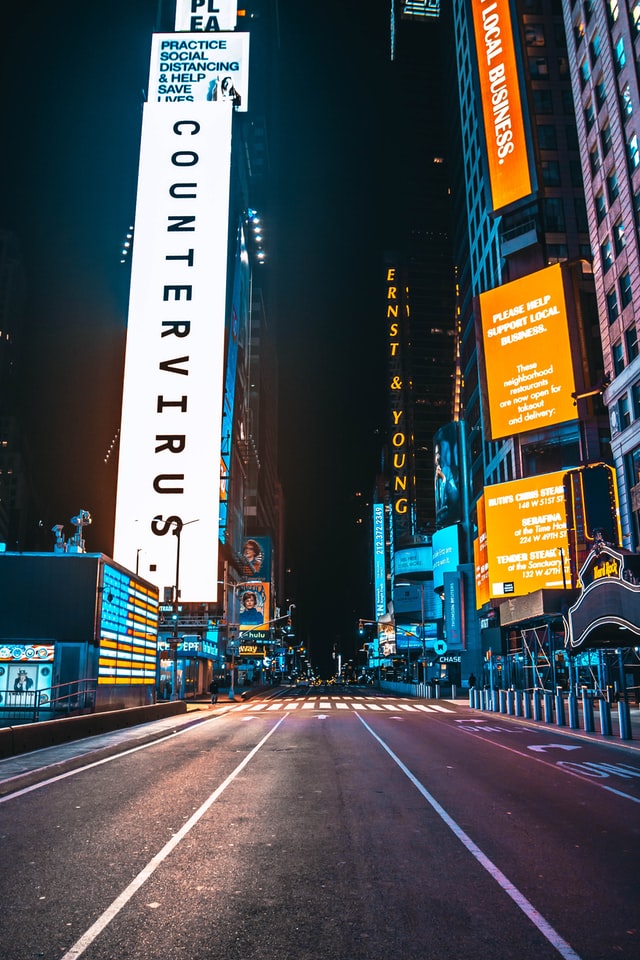
The Covid-19 pandemic disrupted US labor markets more severely and more quickly than at any point in living memory. We experienced a severe crash in employment in the spring of 2020, with the largest losses being among workers in the leisure and accommodation industries, workers of color, and low-wage workers unable to do their jobs remotely.
Far less is known, however, about how employment patterns played out for different groups over the rest of 2020, as an initial recovery first gathered steam and then stalled. Even less is known about how these patterns varied across states that differed in the timing and severity of their outbreaks and in their restrictions on mobility.
We draw on publicly available data on detailed employment measures, Covid-19 case and death rates, and state restrictions on mobility to shed light on how labor markets evolved through the end of 2020. The overall jobs recovery flatlined in October, as caseloads and deaths rose sharply. During these later months, we observed ongoing (though slower) gains in employment among higher-paid workers and a second, if milder, drop along lower-paid workers. This has generated what analysts have described as a “K-shaped” recovery in the job market, with very wide gaps between mostly white and more-educated workers compared to those of color and those who are less-educated.
Blacks and Hispanics not only had larger initial losses in employment in the spring, but their employment recoveries lagged over the summer and early fall. Even when we adjust for racial/ethnic differences in education and the type of occupation, these racial gaps persist, although in somewhat different patterns over time: Hispanics enjoyed more of a recovery during the summer and early fall, but they were more hurt than Blacks by the late resurgence of the virus near year’s end. Permanent job loss has also been higher among these groups, suggesting that they face more severe labor market problems going forward.
In addition to these differences, we note large and persistent disparities in employment trends across states. Grouping states into three categories based on when their Covid-19 caseloads first peaked, the greatest declines in the employment rate (employment divided by population) were among states that had the earliest outbreaks; and their permanent job losses have increased the most. Delving deeper, business closures hurt employment when they were in place, but their impacts faded once they were relaxed. On the other hand, higher death rates depressed employment for months afterward, because higher deaths clearly signal the dangers of economic activity that can raise the rate of infection. Unfortunately, the rise in mortality rates at the end of 2020 will likely limit employment recovery in 2021.
To spur a broad jobs recovery, we propose a series of policies, including financial assistance to the unemployed, public subsidies and infrastructure spending for job creation, wage subsidies for low-wage essential workers, and more job training for those with permanent job loss. A robust recovery will also require efforts to control the virus through accelerated vaccination, more testing, and stricter guidelines for mask wearing and physical distancing.
© Brad J. Hershbein and Harry J. Holzer
Brad J. Hershbein is a senior economist at the W.E. Upjohn Institute for Employment Research, USA
Harry J. Holzer is a professor at the McCourt School of Public Policy, Georgetown University, USA
Find more IZA World of Labor coronavirus content on our curated topics pages: National responses to Covid-19 and Covid-19—Pandemics and the labor market.
Please note:
We recognize that IZA World of Labor articles may prompt discussion and possibly controversy. Opinion pieces, such as the one above, capture ideas and debates concisely, and anchor them with real-world examples. Opinions stated here do not necessarily reflect those of the IZA.